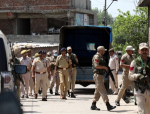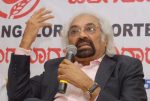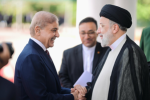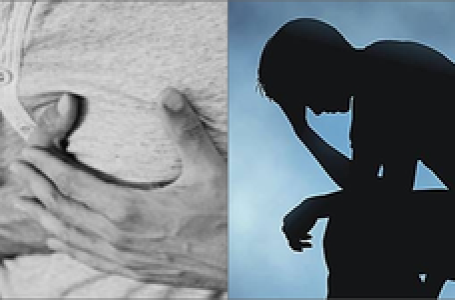It’s a paradox that China is by far our most powerful neighbour yet we know little and understand even less of how this country views us. Two excellent books, published in the last 12 months, have done a lot to open our eyes. What they reveal is, arguably, discomforting but clearly worthy of attention. Yet I wonder if these books will get the attention they deserve?
Of the two, the first was Kanti Bajpai’s ‘India versus China: Why they are Not Friends’. He’s the Wilmar Professor of Asian Studies at Singapore’s National University. It was followed by Shyam Saran’s ‘How China Sees India: The Authoritative Account of the India-China Relationship’. He’s an illustrious former foreign secretary. The two make similar points but also different and contrasting ones.
Saran starts with how ignorant we are of China. “India and China have for centuries been strangers to one another … how little we really know about a country which is now a contiguous neighbour, a powerful adversary and a challenge which manifests itself in multiple dimensions.” More starkly, Bajpai’s introduction points out how complicated the relationship is: “India-China relations are darker and more complex than most observers appreciate or acknowledge.”
Saran says: “India is a retreating image in China’s rear-view mirror”. An evocative phrase which not only suggests India is behind, but falling further and further away. He adds “China would like to see India slotted into a subordinate role in a Asia dominated by itself.”
Bajpai agrees: “Clearly, China does not see India as a fellow great power” and, therefore, “from a position of strength, China does not see the need to accommodate India … My sense is that mutual perceptions and the power asymmetry may be the most serious problems between the two countries.”
Despite how different the relationship was till 1000 AD, when India’s influence was greater, Saran’s book explains how China’s attitude has changed. “China look(s) upon India as a ‘slave nation’ ruled by a foreign power during the British colonial period.” Worse, “in the various British military assaults against China in the nineteenth century it was Indian soldiers who served as shock troops for the British. It was Indian opium traders who flaunted their wealth in the new urban centres of Shanghai and Hong Kong.” Much of China’s negativity, Saran concludes, flows from this.
Bajpai makes a more disturbing point. In the one area where we believe we’re ahead, China is actually the dominant country. “As a soft power, contrary to the generally held view, China betters India.” He adds this “looks set to persist for a long time.”
Saran explains how China’s view of itself as the middle kingdom at the centre of the world is “imagined history” but, post 1962, has expanded to include India as part of the periphery that owes obeisance to Beijing. He tells me the ease with which China defeated India in 1962 and the humiliation that followed has convinced China India is not the power it hopes or, at times, claims to be.
This is a point Bajpai picks up. China is nearly a $15 trillion economy. India is under three. Bajpai concludes “China’s comprehensive national power is about seven times that of India.” The gap, he tells me, is likely to get wider.
“India will need a near-civilizational change”, Bajpai adds, if it’s going to catch up. He doesn’t believe that’s likely. And “until India substantially closes the power gap there’s little prospect of a lasting rapprochement.”
Saran’s concern is about India’s present direction under Modi: “The rise of narrow nationalism, the deliberate stoking of communal discord … devalue the very assets which make India distinctive … I believe that India has a better chance to meet the Chinese challenge by remaining committed to the values enshrined in its constitution.”
I found both books fascinating. They’re easy to read. Every page is rewarding. When I finished I felt I understood China well. This illusion is proof they made a huge impact.



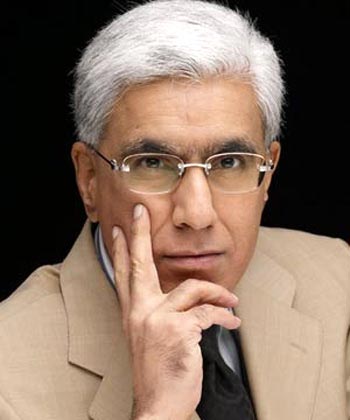 by Karan Thapar
by Karan Thapar

